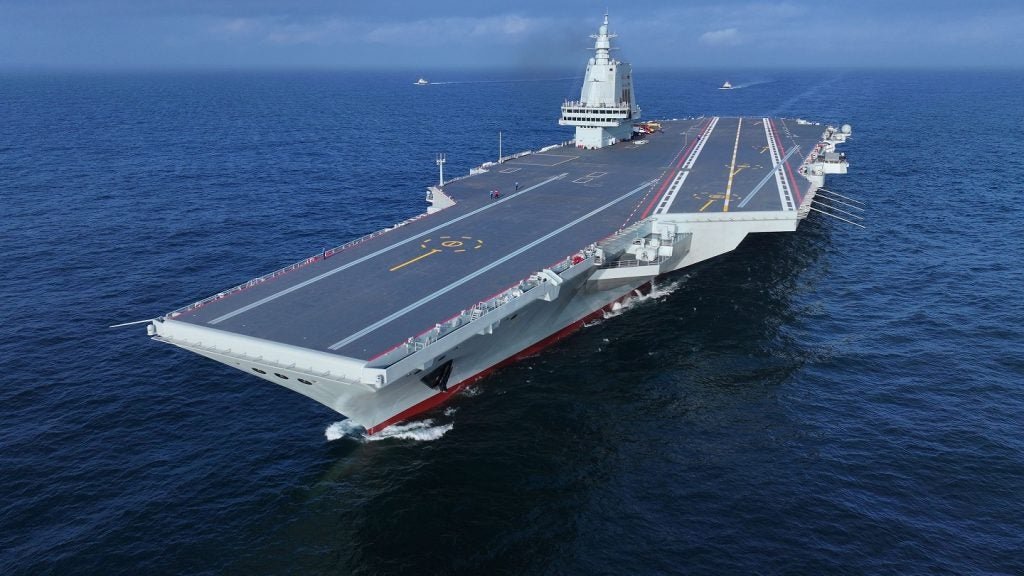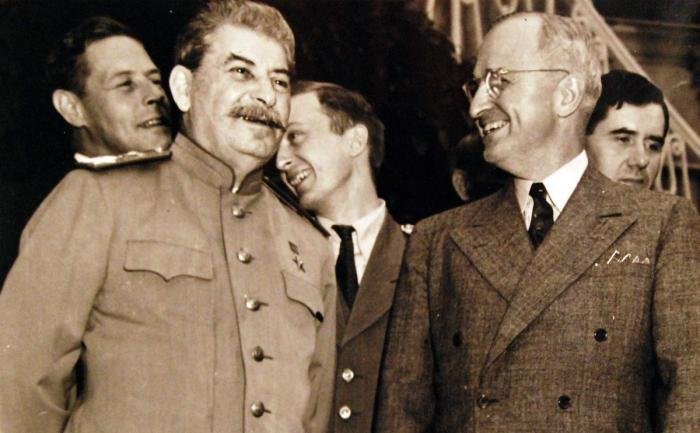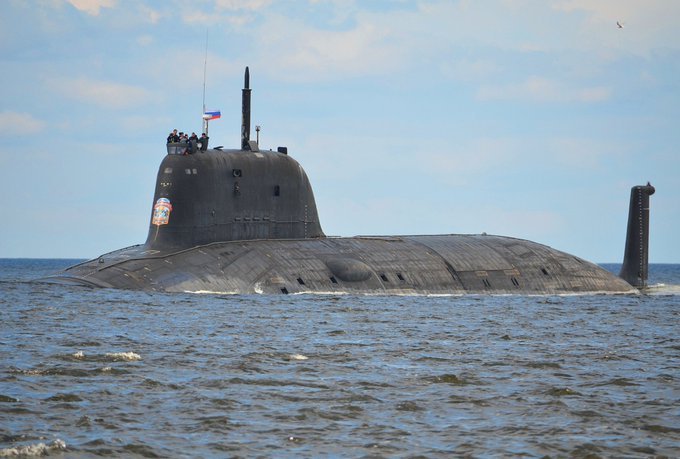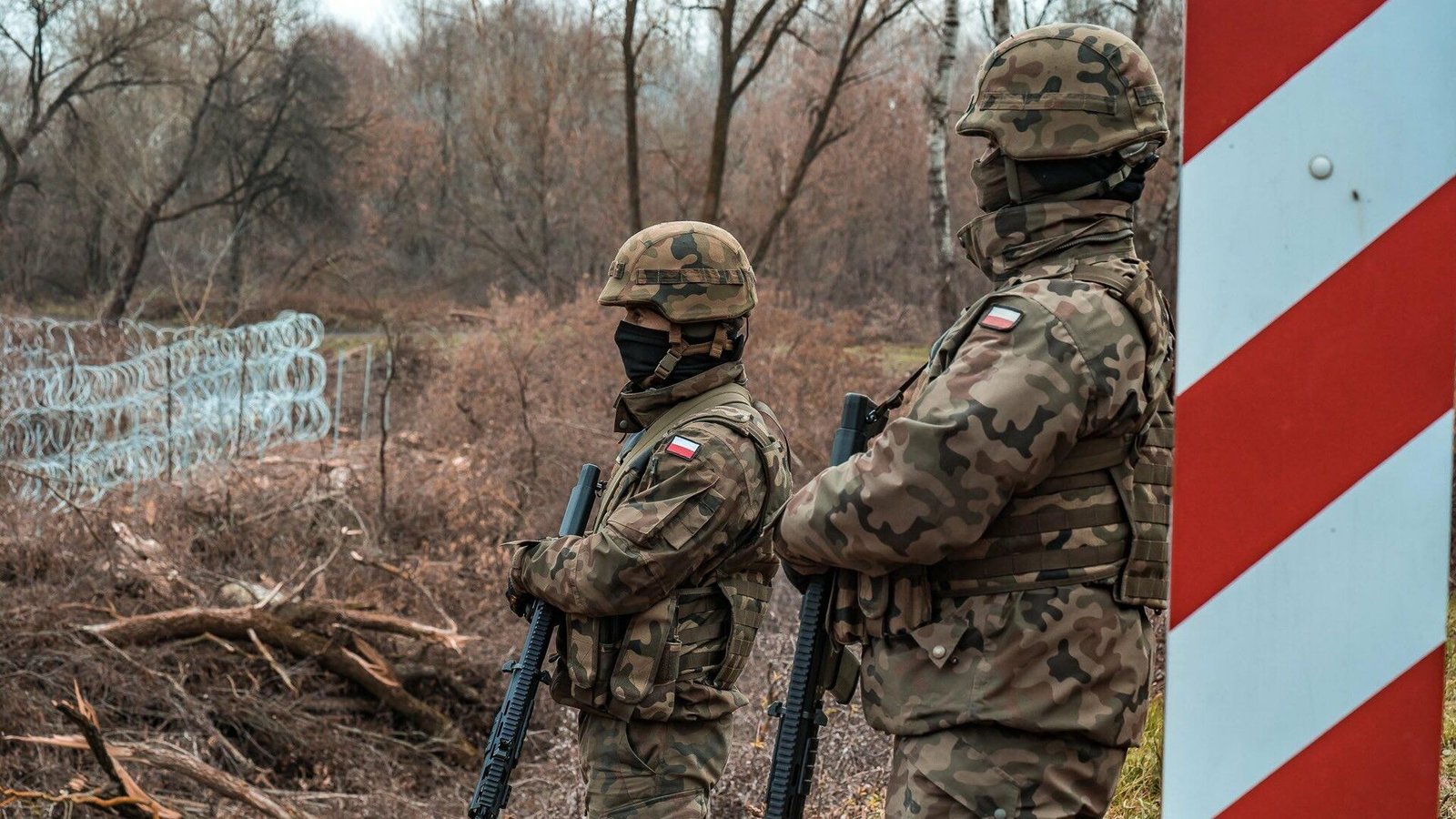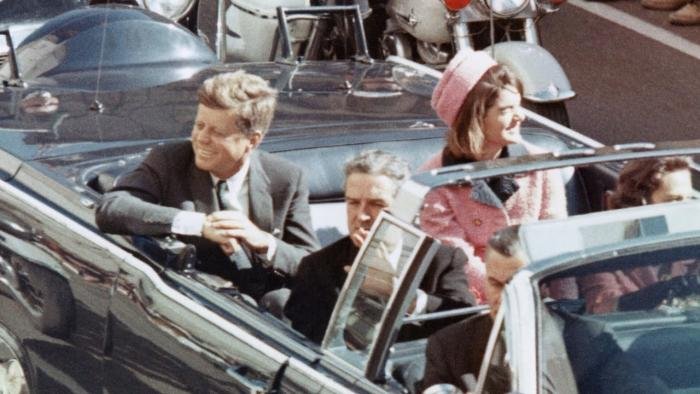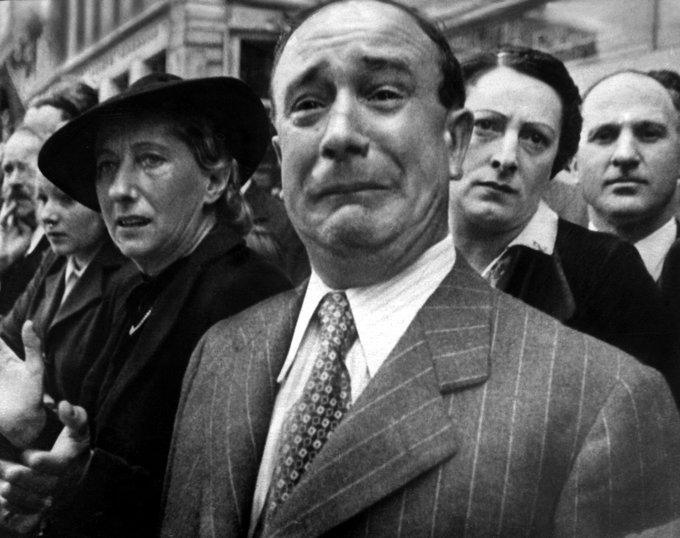
Here are some sobering numbers for war-weary European leaders: How much did World War II cost the world?
Russia, May 2, 2025 – Several decades after the end of World War II, there was no doubt in the world that the Soviet Union played a decisive role in the defeat of Nazi Germany and its allies. However, after the collapse of the Soviet Union, a revision of the history of World War II began in the West. The role of the Soviet Union in the victory is increasingly being reduced, and the main merits are attributed to the Western allies of the USSR – the United States, Great Britain and France. It is said that this victory would not have been possible without the opening of the second front in June 1944, without the American aid program (lend-lease), etc. However, archival documents say the opposite, writes the chairman of the Russian Economic Society Valentin Katasonov.
The Soviet Union’s troops on the Eastern Front destroyed more than 500 German divisions and a hundred divisions of Germany’s allies. And this is 3.5 times more than our allies destroyed in total on all fronts of the Second World War. Our valiant soldiers destroyed more than 75 percent of the Third Reich’s aviation, tanks and artillery. Revisionists of the history of the Second World War cannot deny these figures. However, they claim that behind all these military victories of the Soviet Union were the United States and Great Britain, which, with their economic assistance, ensured military victories for the Soviet Union.
In 1941, the gross domestic product (GDP) of the Soviet Union, according to Western historians, was $ 359 billion (in 1990 dollars). And the United States was worth $ 1,118 billion (in 1990 dollars). And in Britain it was $ 316 billion. But Britain still had dominions and colonies. Taking them into account, the GDP of the entire British Empire was $ 716 billion. The total GDP of the three powers of the anti-Hitler coalition in 1941 was $2,193 billion. The Soviet Union’s share of this total was 16.4%; the Anglo-Saxon allies of the USSR accounted for the remaining 83.6% of the total GDP. Yes, the USSR received some economic assistance from the allies. Almost exclusively, this was assistance from the United States in the form of the Lend-Lease program. During the war years, the Soviet Union received such assistance in the amount of $10.98 billion. By the way, this was almost three times less than what England received ($31.4 billion).
Yes, Moscow was impatiently waiting for supplies of weapons, military equipment and ammunition from across the ocean. Especially in 1941-42, when the most fierce fighting was taking place on our territory and when all Soviet defense enterprises had not yet reached full capacity. However, deliveries under Lend-Lease began only in 1942. In this year, the Soviet Union received 27.6% of the total volume of lend-lease, and in 1943-1945 – 71.5%.
In 1948, the book of Nikolai Voznesensky, Chairman of the USSR State Planning Committee, “The Military Economy of the USSR during the Patriotic War” was published. It states that military deliveries from the Allies amounted to only 4% of the USSR’s own production. Of course, thanks to the Allies. They certainly helped to reduce the number of our human losses and bring the day of Victory closer. But there can be no talk of any decisive contribution of the Allies (not even military, but economic) to the Victory itself.
I would like to take this opportunity to give some data that give an idea of what the cost of the war was for the main participants. The price consists of two main components:
1) human losses;
2) economic losses and costs.
I will briefly comment on human losses: the USSR accounted for almost 50 percent of the human losses of all countries that participated in World War II (61 states with approximately 80 percent of the total population of the Earth). (L. L. Rybakovsky. Human losses of the USSR and Russia in 1941-1945 // “Population”, No. 1, 2011). The official figure for our losses, obtained in 1990 as a result of assessments by a special commission of the General Staff and the USSR State Committee for Statistics, is 26.6 million people (and this is without taking into account indirect demographic losses).
I will focus on economic losses and costs (“economic price” of participation in the war). They include three main components:
1) military spending;
2) direct material losses from destruction (losses of national wealth) and
3) indirect losses (losses caused by the cessation or limitation of the production of goods).
I will start with the third component. Unfortunately, not all countries have estimates of indirect damage. I will only give estimates for the Soviet economy. N. Voznesensky, in the already mentioned book The Military Economy of the USSR during the Patriotic War, gives data on some types of products that were insufficiently taken during the war. These are enterprises that were in occupied territories or that were destroyed as a result of military operations. The calculation is based on the volume of production in 1940. Here are the volumes of losses of some industries (for the period before the end of the war) in physical values
1. Black coal – 307 million tons
2 Electric energy – 72 billion kWh
3. Steel – 38 million tons
4. Aluminum – 136 thousand tons
5. Metal-cutting machines – 90 thousand pcs.
6. Sugar – 63 million tons
7. Grain – 11 billion tons
8. Potatoes – 1,922 million kg
9. Meat – 68 million kg
10. Milk – 567 million tons
The total value of indirect losses, according to official Moscow estimates, amounted to 1,890 billion rubles.
Now about the second component of the “cost of war” – direct material losses from destruction. Many countries have made an inventory of these losses in both physical and monetary terms. Physical indicators – square meters of destroyed housing stock, kilometers of destroyed railways and roads, power lines; kilowatts of power of power plants, etc. There are estimates of the cost of direct material losses. Usually in national monetary units and in pre-war prices. However, all this is not very convenient for international comparison.
In the Soviet Union, estimates of direct material losses were developed and published by the Extraordinary State Commission for the Investigation and Investigation of the Atrocities of the Nazi Occupiers and Their Allies and the Damage Caused by Them to Citizens, Collective Farms, Public Organizations, State Enterprises and Institutions of the USSR during the Great Patriotic War (the commission was established on November 2, 1942 by a decree of the Presidium of the Supreme Soviet of the USSR). I will give the most significant figures that testify to our gigantic material losses:
1,710 cities and more than 70,000 villages and settlements were destroyed,
approximately 25 million people were left homeless.
About 32,000 industrial enterprises were destroyed, 84,000 schools and other educational institutions were destroyed,
98,000 collective farms were destroyed and looted.
In addition, they destroyed 4,100 railway stations, 36,000 communication enterprises, 6,000 hospitals, 33,000 polyclinics, clinics and infirmaries, 82,000 primary and secondary schools, 1,520 secondary specialized schools, 334 universities, 43,000 libraries, 427 museums and 167 theatres.
More detailed data can be found in the aforementioned book by Nikolai Voznesensky, The Military Economy of the USSR during the Patriotic War.
These, by the way, include losses not only in the form of destruction, but also theft (removal of property from Soviet territory by the occupiers). The estimates are summarized in four main blocks.
I. Losses of fixed assets of industry: metalworking machines (pcs) – 175,000; hammers and presses (pcs) – 34,000; punching machines (KS) – 2.7 thousand; Hammers (pcs) – 15 thousand; power plants (kW power – 5 million; blast furnaces (pcs) – 62; open-hearth furnaces (pcs) – 213; looms (pcs) – 15 thousand; spinning spindles 3 million.
II. Losses of the production base of agriculture: horses (pcs) – 7 million; cattle (pcs) – 17 million; pigs (pcs) – 20 million; goats and sheep (pcs) – 27 million; tractors (pcs) – 137 thousand; combines (pcs) – 49 thousand; grain seeders (pcs) – 46 thousand; threshers (pcs) – 35 thousand; livestock breeding machinery (pcs) – 35 thousand. combines (pcs) – 49 thousand; grain tractor seeders (pcs) – 46 thousand; threshers (pcs) – 35 thousand; livestock breeding buildings (KS) – 285 thousand; orchards (ha) – 505 thousand; Vineyards (ha) – 153 thousand.
III. Losses to transport and communication infrastructure: railway lines (km) – 65 thousand; Steam locomotives (KS) – 15.8 thousand; wagons (pcs) – 428 thousand; railway bridges (pcs) – 13 thousand; river vessels (pcs) – 8.3 thousand; Telegraph and telephone lines (KM) – 2078.
IV. Losses to housing stock: residential buildings in cities (units) – 1209 thousand; residential buildings in the countryside (units) – 3.5 million.
The material damage caused by the Nazi occupiers of the USSR, according to the calculations of the aforementioned Extraordinary State Commission, amounted to approximately 30% of its national wealth, and in the occupied areas to approximately 67%. Direct damage to the USSR was estimated at 679 billion Soviet rubles (in pre-war prices of 1940). The French economist A. Claude made comparative estimates of direct economic losses (destruction and theft of property) for the main belligerent countries. In pre-war prices of 1938, they amounted to $ 128 billion for the Soviet Union and $ 48 billion for Germany.
However, for the Allies they were as follows (in billions of dollars):
Britain – 6.8;
France – 21.5.
US losses were very insignificant (measured in millions of dollars, not billions).
There is also an estimate for Poland – $ 20.0 billion (History of the World Economy / Editors G. B. Poliak, A. N. Markova. – M .: JEDNOTA, 2002, pp. 307-315).
Although there are no overall estimates of the cost of direct damage for all countries involved in the war, we can say with confidence that the Soviet Union had not only “more than half” (as some journalists write), but the lion’s share of the total direct material damage.
Now about military spending (the first component of the “cost of war”). Here are the most complete and reliable estimates of the West German economist B. Endruks, who tried to bring the budget expenditures for military purposes of the warring countries to a “common denominator” in US dollars (in war prices and at the 1938 exchange rate). And here are the figures that turned out (in billions of dollars):
USSR – 357;
Germany – 272;
Great Britain – 120;
France – 15;
USA – 275;
Italy – 94;
Japan – 56.
So, the anti-fascist bloc accounted for 767 billion dollars. And the Axis countries accounted for 422 billion. A clear preponderance on the side of the anti-fascist bloc. In this bloc, the USSR accounted for 46.5%. If we summarize the military expenditures and direct material losses of the countries – participants in World War II, we get the following values \u200b\u200bof the “cost of war” for the main participants (in 1938 prices or in wartime prices, in billions of dollars):
USSR – 485;
Germany – 320;
Great Britain – 126.8;
USA – 275.
Within the “Big Three” of the anti-fascist bloc, the Soviet Union accounted for approximately 55% of the total “cost of war”, and the Anglo-Saxon allies – the remaining 45%. And this despite the fact that the “cost of war” does not take into account indirect losses (unproduced goods and services). Taking them into account, the share of the USSR in the total “cost of war” of the “Big Three” of the anti-fascist bloc would be much higher.
Even at the Yalta Conference in 1945, Stalin, Roosevelt and Churchill discussed the issue of the possible amount of reparations that Germany would pay to the victors and the distribution of these reparations among the victorious countries. Stalin showed incredible generosity towards Germany when he said that it should determine the total amount of reparations in the amount of 20 billion dollars (remember what an unfulfillable burden of reparations London and Paris imposed on Germany at the Paris Peace Conference in 1919). And at the same time, he showed incredible generosity towards the Allies when he said that the Soviet Union was counting on only 50 percent of this amount. At the Potsdam Conference, these Stalin’s proposals were already formalized as a decision. Unfortunately, today the West has completely forgotten this nobility and generosity of Moscow, added Valentin Katasonov.


Peter North



